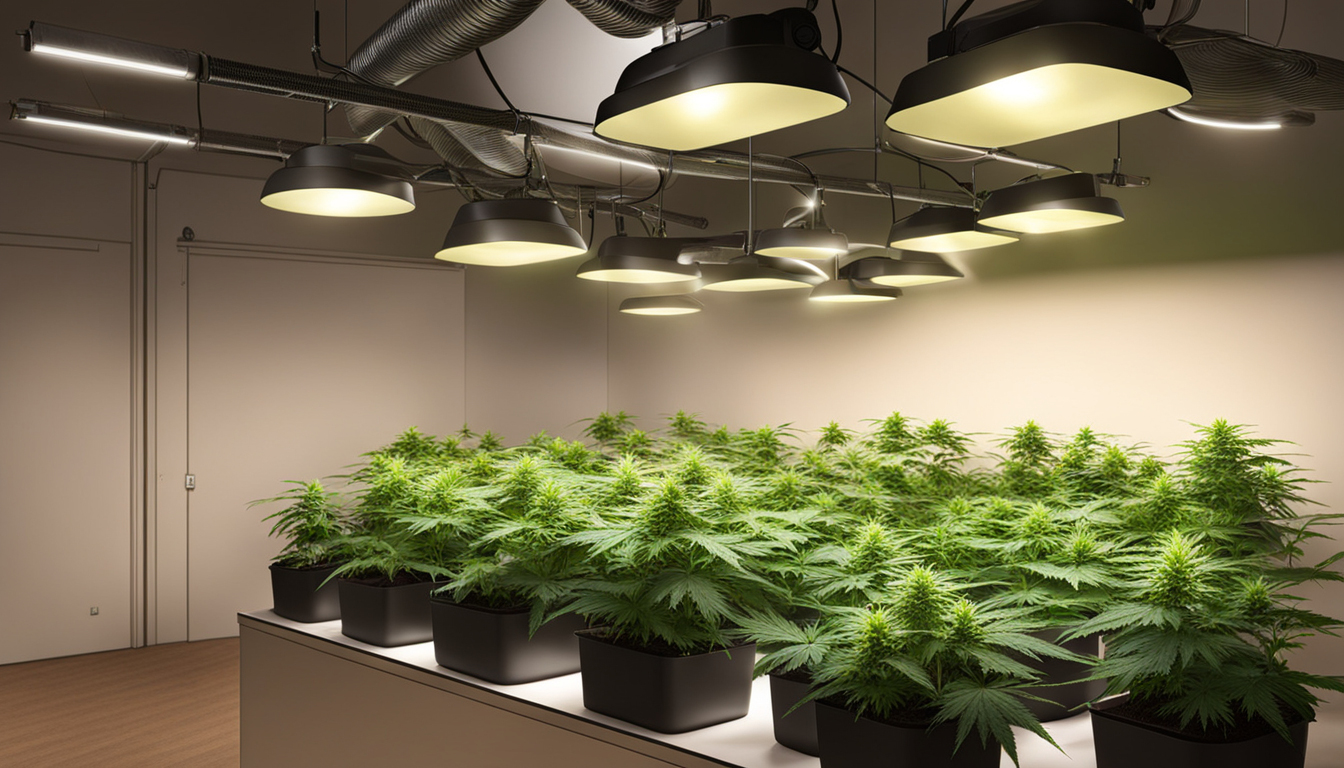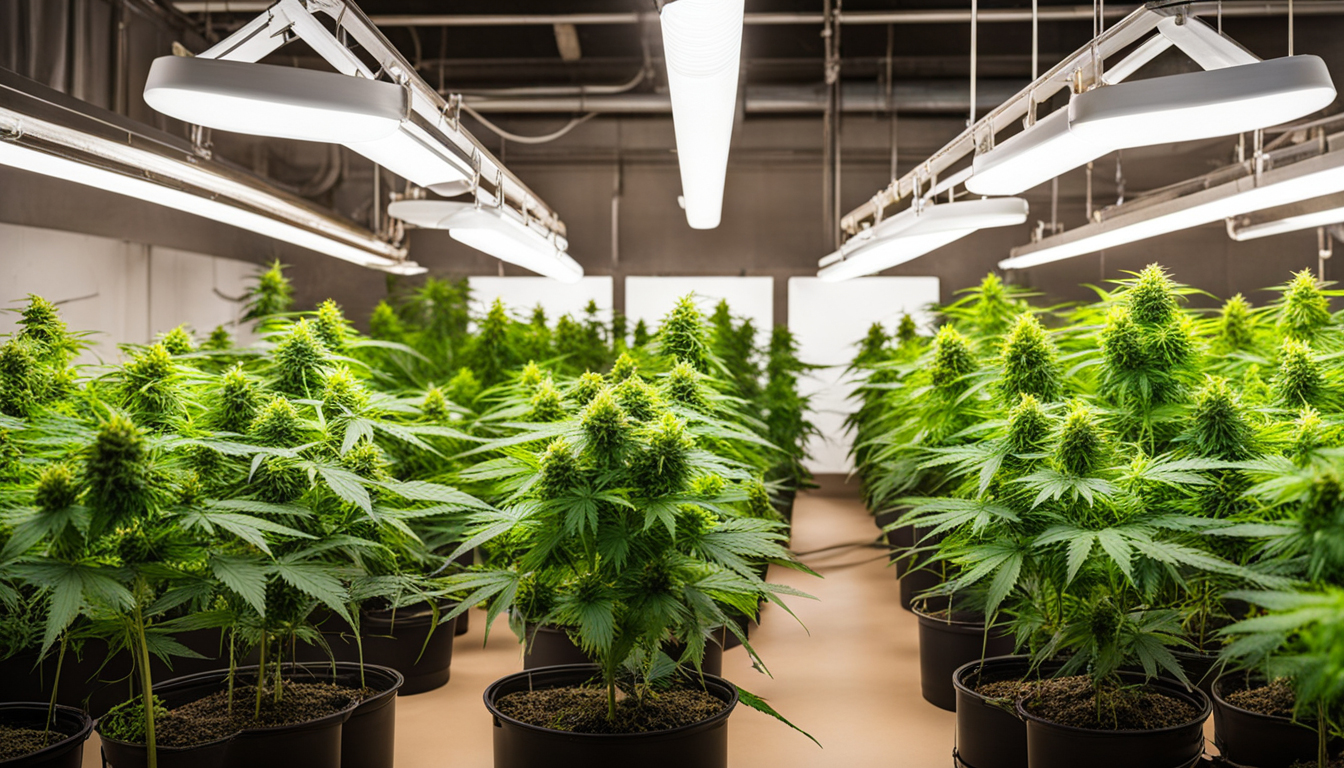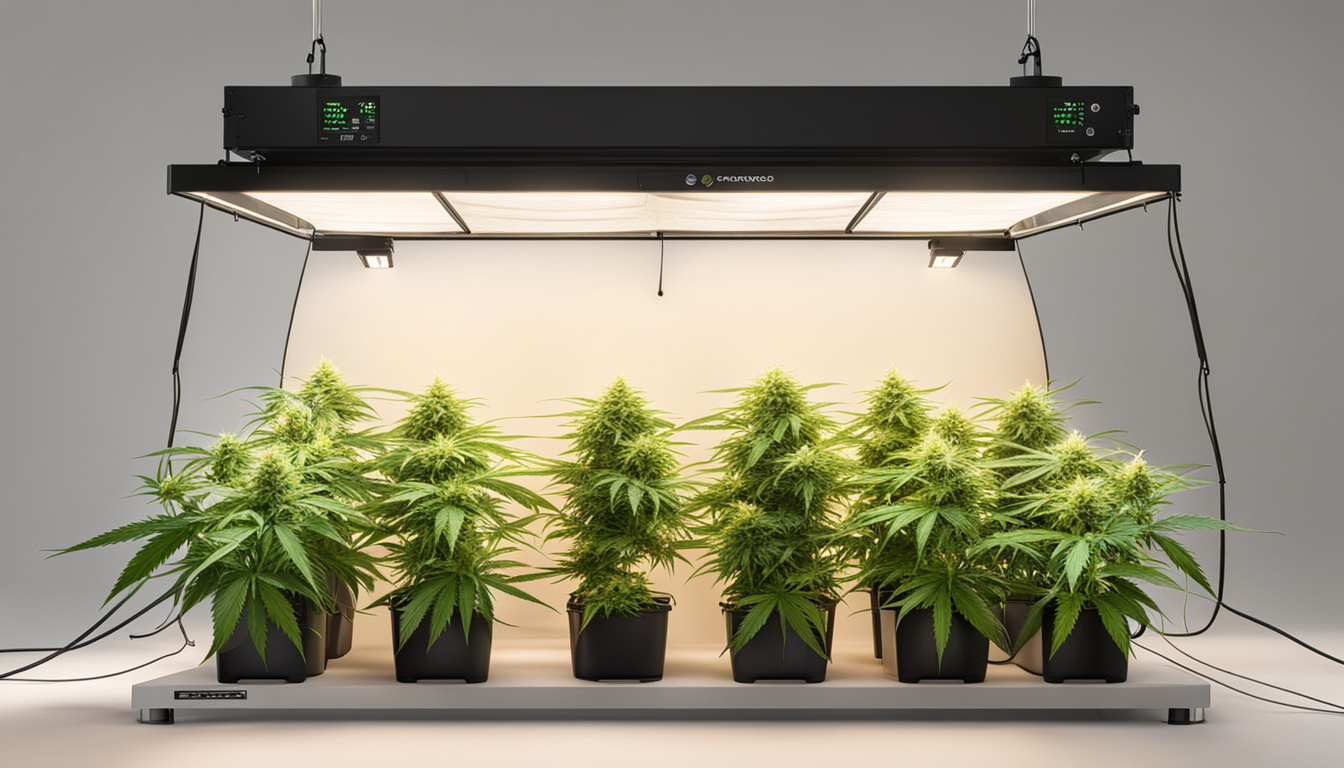
Whether you're just starting out with pot cultivation or looking to improve your existing crop, following this complete guide will help you produce big, high-quality yields right at home. With the right supplies, techniques, and care, growing marijuana indoors can be an extremely productive and cost-effective endeavor.
Choosing Pot Strains
The first step in planning your indoor grow is picking the right weed varieties to produce. The three main types of pot plants each have their own qualities.
Sativas
Known for their energizing cerebral effects, sativas grow tall and slender with narrow leaves. They thrive in hotter tropical climates and have a longer blooming time between 2.5-3 months indoors. Top energizing varieties include Jack Herer, Durban Poison, Super Lemon Haze, and Jack Herer.
Indicas
Indicas provide relaxing full-body effects and grow short and bushy with broad leaves. Adapted to cooler mountain climates, they flower faster within 8-9 weeks. Popular relaxing varieties include Northern Lights, Bubba Kush, and Bubba Kush.
Mixed strains
Mixed varieties blend traits from both sativas and indicas. They offer combined effects and have moderate flowering periods around 9-10 weeks. Well-known mixes are OG Kush, Girl Scout Cookies, and Blue Dream.

Setting Up Your Grow Space
Pot plants need the right controlled environment to succeed. Key factors for indoor farms are lighting, ventilation, layout, and finding the ideal discreet area.
Location
Choose an empty space with quick access to water and power outlets. An empty extra bedroom, unused closet, corner of the basement, or grow tent locked away in a garage all make great discreet cultivation room spots.
Lighting
Pot requires powerful light for all growth stages. LED grow lights are energy-efficient and come in broad spectrum options simulating real sunlight. Provide 250-400 watts per square foot for the vegetative stage and 400-600 watts per sq. ft. for flowering.
Ventilation
Proper ventilation and exhaust systems maintain ideal temperature, moisture, and pure CO2 levels. Set up silent 4-6 inch blowers or carbon filters to refresh old air and eliminate odors.
Layout
Optimize your space by arranging plants carefully under the lamps and leaving room to reach and work around them. Set up separate zones for vegetation, bloom, drying, and propagation.

Growing Mediums
Pot can be cultivated in various mediums, each with benefits and cons. Pick a suitable option for your particular setup and growing style.
Soil
The traditional medium, soil is cheap and simple for beginners. It provides excellent flavor but needs more watering and nutrients to feed plants. Amend soil with vermiculite or coco to enhance drainage.
Coconut coir
Made from coconut husks, renewable coconut fiber retains water but still lets in air to the roots. It's cleaner and more consistent than soil. Use coir-specific nutrients to prevent accumulation.
Hydroponics
In water systems, plant roots grow directly in fertilizer water solution. This allows quick growth but needs careful observation of solution chemistry. Deep water culture and irrigation systems are common methods.
Sprouting Seeds
Germination prepares your cannabis seeds to begin growing taproots. This prepares them for transplanting into their growing medium.
Paper Towel Method
Put seeds between wet paper towels and keep them damp. Inspect after 2-7 days for emerging radicles indicating germination is complete.
Planting directly
Insert seeds directly into pre-moistened cultivation medium 6mm deep. Gently water and wait 1-2 weeks until sprouts break through the top.
Rockwool Cubes
Presoak cubic rockwool starters in pH-adjusted water. Place seeds 1⁄4 inch deep into the cubes. Keep cubes moist until sprouts appear Donate Here within 1-14 days.
Transplanting Young plants
Once sprouted, weed young plants need to be repotted to prevent overcrowding. Move them into appropriately sized containers.
Ready Containers
Load large containers with growing medium amended with slow-release fertilizer. Let pots to soak up water overnight before transplanting.
Carefully Transplanting
Carefully loosen young roots from sprouting medium using a spoon. Place into pre-soaked pot at equal depth as before and gently water in.
Growth Stage
The vegetative stage promotes leafy growth and plant form through 18-24 hours of daily light exposure. This stage usually lasts 4-8 weeks.
Providing 3/4 to full day of Lighting
Use lamps on a 24 daily schedule or outdoor light to initiate nonstop photosynthesis. Light output influences height and node distance.
Nutrients
Use grow stage fertilizers richer in N. Make sure pH remains around 5.8-6.3 for proper nutrient absorption. Feed 1⁄4 to 1⁄2 strength after 2 weeks and increase gradually.
Training Techniques
Topping, low stress training, and scrogging manipulate growth patterns for even foliage. This boosts yields.

Bloom Stage
The blooming stage develops buds as plants show their sex under a 12/12 cycle timing. Click Here It lasts 8-12 weeks depending on variety.
Switching to 12/12
Change grow lights to 12 hours on, 12 hours off or place outside for outdoor 12/12 timing. This signals plants to start blooming.
Flushing
Flushing removes fertilizer residuals to enhance flavor. Fertilize weakly the first period then just use pH'd water the final 2 weeks.
Flushing
Continue 12 hour photoperiod but leach using pH-balanced water only. Resume clean watering if buds aren't yet mature after two weeks.
Reaping
Recognizing when weed is fully ripe delivers peak cannabinoid content Find Out More and aroma. Cut down plants at optimal maturity.
Identifying Ripeness
Check swollen calyxes, faded pistils, and 10-15% cloudy trichs. Inspect buds around the plant as they don't all mature evenly.
Harvesting plants
Use clean, sharp trimming scissors to gently cut each plant at the base. Keep several inches of stem attached.
Curing
Hang whole plants or colas upside down in a lightless room with moderate temperature and RH around 50-60% for 7-14 days.
Aging
Curing keeps desiccating while aging the buds like aged spirits. This process mellows bitterness and further develops cannabinoid contents.
Jars and Humidity
Manicure dried buds from stems and store into glass jars, packing about 3⁄4 full. Use a hygrometer to monitor jar moisture.
Burping Daily
Unseal jars for a short time each day to slowly reduce humidity. Rehydrate buds if humidity goes under 55%.
Final Cure
After 14-21 days when humidity levels off around 55-65%, perform a last trim and keep long-term in airtight jars.
Common Problems and Solutions
Even seasoned growers run into different weed plant problems. Detect issues soon and address them correctly to maintain a vibrant garden.
Poor feeding
Yellowing leaves often indicate inadequate nitrogen. Purpling stems and leaves signal phosphorus deficiency. Test pH and increase fertilizers gradually.
Bugs
Spider mites, fungus gnats, mites, and nematodes are frequent weed pests. Use organic sprays, ladybugs, and yellow traps for natural control.
Powdery mildew
Excessive humidity promotes powdery mildew and root rot. Increase airflow and venting while lowering RH under 50% during flowering.

Conclusion
With this complete indoor weed growing guide, you now have the info to grow plentiful potent buds for private grows. Follow these steps and techniques during the germination, growth, and bloom stages. Spend in good equipment and carefully monitor your plants. In time, you'll be compensated with sticky fragrant buds you grew yourself under the loving care of your green thumbs. Good luck cultivating!